The Thong loai khoa trinh newspaper, published by Mr. Truong Vinh Ky, issue 3 in June 1888, said that in the South, there was a type of sam ban boat that was a mispronunciation of the word "sam" into "tam": "Sam ban is a type of pine board, used to build small boats". This explanation is correct, but still raises the question of where "sam/sam ban" came from?
With limited knowledge, I think that the most convincing explanation is in the unpublished manuscript Man hoa tung dinh by Mr. Vuong Hong Sen. Note that he wrote tam bang: "Small boats and canoes are called tam bang (French call sapan, borrowed from Cantonese Chinese)".
These boats and canoes moored along the riverbanks carried rice, firewood, roofing leaves, fruits, pigs, chickens, fish sauce, etc. to deliver everywhere, creating a bustling scene "on the boat and on the wharf". How were the houses of the Southern people in the old days built?
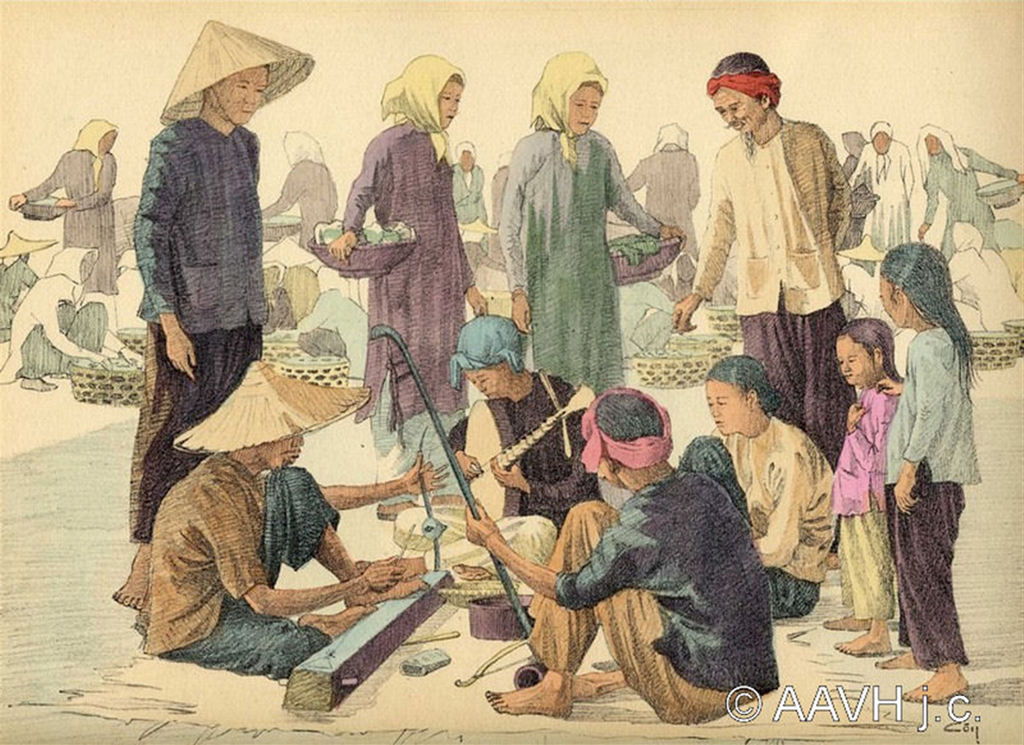
Life of Southern people in ancient times
Mr. Vuong Hong Sen revealed that most of them "are still small, low and narrow houses. They are thatched, have walls made of leaves or earth, and are woven with bamboo, or just one fairly large house, or just one large house and one small house, called "a house with a mother and her child" or three houses (well-off). The way to decorate each house is the same, in the middle room there is a worship bed, that is, a cot, higher than the bed, well-off houses have four or three boards, poor houses have bamboo cots, on top is a bamboo mat (called "giat" in the North), on the cot is a mat, a mattress to put objects or arrange according to the homeowner's ability: oil lamp, kettle, incense, fruit cakes, baskets to worship ancestors, now there are still the nouns "worship bed, bowl of water" and the old saying:
The day of the grandparents' birth
Pickled cucumbers and melons from near and far are also available.
On both sides of the house, there are beds for the homeowner and shelves for storing things; women and girls live separately, with a private room at the back of the middle room. At night, when the farming work is finished, there are a few peanut oil lamps, fish oil lamps, flickering or on earthenware pots, with rush grass wicks (wicked wicks), cloth wicks as the flame, regardless of whether it is dim or bright, grandparents and grandchildren gather, children study, adults recite poetry, it is really cozy... When the oil in the wick has run out, more oil is added and the wick is lit, with a small fire, the whole family sits around the lamp, chewing betel, talking, not caring about being rich".
As for the houses of the ancient Southerners, what about the way they dressed? To summarize, in general, Mr. Vuong Hong Sen said that men wore "shorts and shirts", made of large fabric, dyed the color of tree bark, the bark of the da tree, the bark of the coc tree; women dressed like men but with longer flaps, dyed the color of mangosteen, and a brassiere covering the chest called "pants wearing a brassiere".
This detail is really strange and I have not read it anywhere before: "Men, adults, well-off people, have a small strap on their back to hold betel and areca nuts, tobacco, since the time of the French occupation, also hold a tax certificate (today's identity card, passport), worn loosely in front of the belly, sometimes falling down to the "private parts", looking really funny, that row is called "the fat pipe", "the purse", "ho bao"... Poor people have bare backs, pants just enough to cover their "clothes", where is the money to buy a ho bao, if there is a spare coin or a thin zinc coin (thin zinc coin) then stuff it into the ears, the edges of the ears, the hair, enough glory...".
It is inferred that the "ho bao" from ancient times, today is still called "bao tu" which people also wear loosely on their pants belt, of course the design is more beautiful, even on its mouth there is a "phét-mơ-tuya" that opens and closes easily!
"Women tied a long string (just like today's bicycle bag) to their backs, sewn from strong fabric, called "horse intestine", inside was betel and areca nuts, tobacco, zinc coins, silver coins, small coins, some careful people even sewed a small bag to clip to the horse intestine, and turned the money inside, then put it in the back of their pants to prevent pickpockets from snatching their money". It is inferred that this "horse intestine" has completely disappeared, replaced by handbags with countless different designs and materials.
" LAND HAS RULES, COUNTRY HAS HABITS"
In the early days of the South, migrants from Ngu Quang region came here to reclaim land, establish gardens, and build houses. In addition to "fish swimming in the river and tigers roaring in the forest", Mr. Sen added the suffering of lack of fresh water.
Let me copy an anecdote told by him so that we can imagine the life of a time when fresh water was more precious than gold: "A Teochew man worked in the salt fields in Bac Lieu . When a guest from afar came to his house, he served food and wine but did not serve water. When the stranger asked, they spoke harsh and abrupt Vietnamese: "Rainwater is not enough to wash the testicles (external kidneys), where is there fresh water for the "lu" to drink! Please do not be angry, the Teochew man speaks like that but his heart is very good, the truth is that in the salt fields, the laborers carry salt in the hot noon sun, the salt vapor rises and sticks to the tight places... cracking the skin and flesh, causing extreme pain".
So what should we do? "The remedy is to use rainwater to wash away the salt and apply a little coconut oil or peanut oil to soothe the cracked skin." Mr. Sen concluded: "Although their words are crude, they show that we value drinking water more than food."
There are many stories about the life of the ancient Southern people. I will stop here, completely agreeing with Mr. Vuong Hong Sen's point of view: "In my opinion, we today are entering the path of civilization and progress, but we need to preserve the old customs and traditions... to understand the way of eating and living of the ancients... Even though those traces are no longer there, as long as the old noun remains, the culture remains ." (to be continued)
Source link


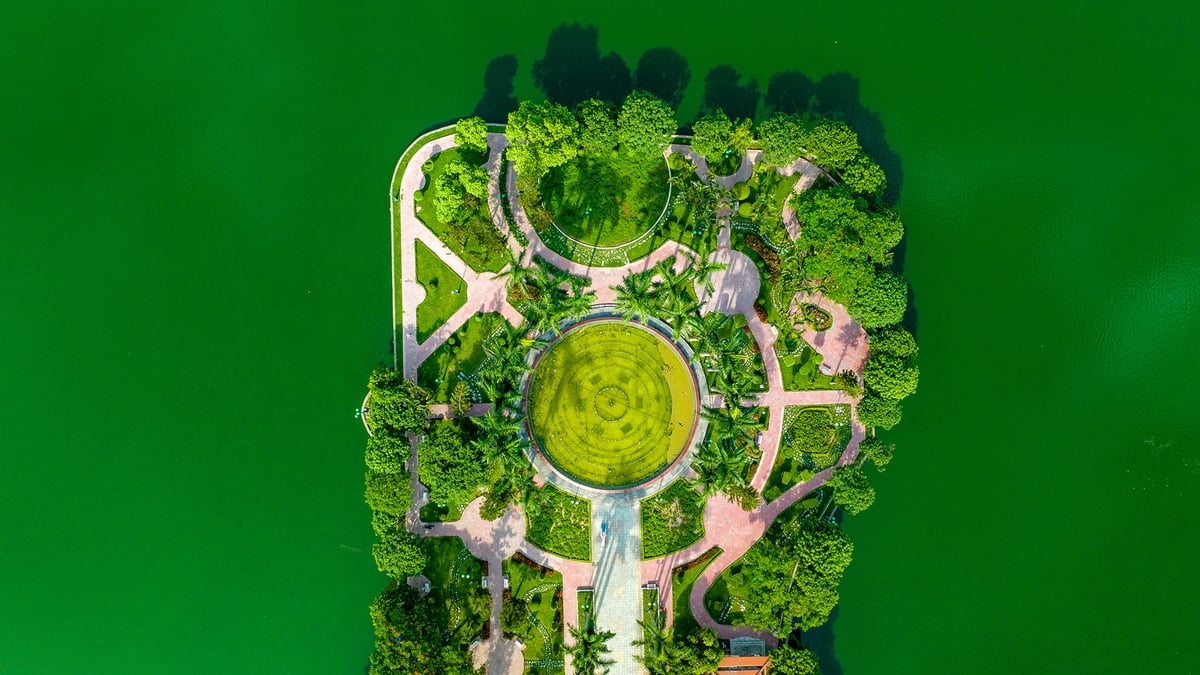
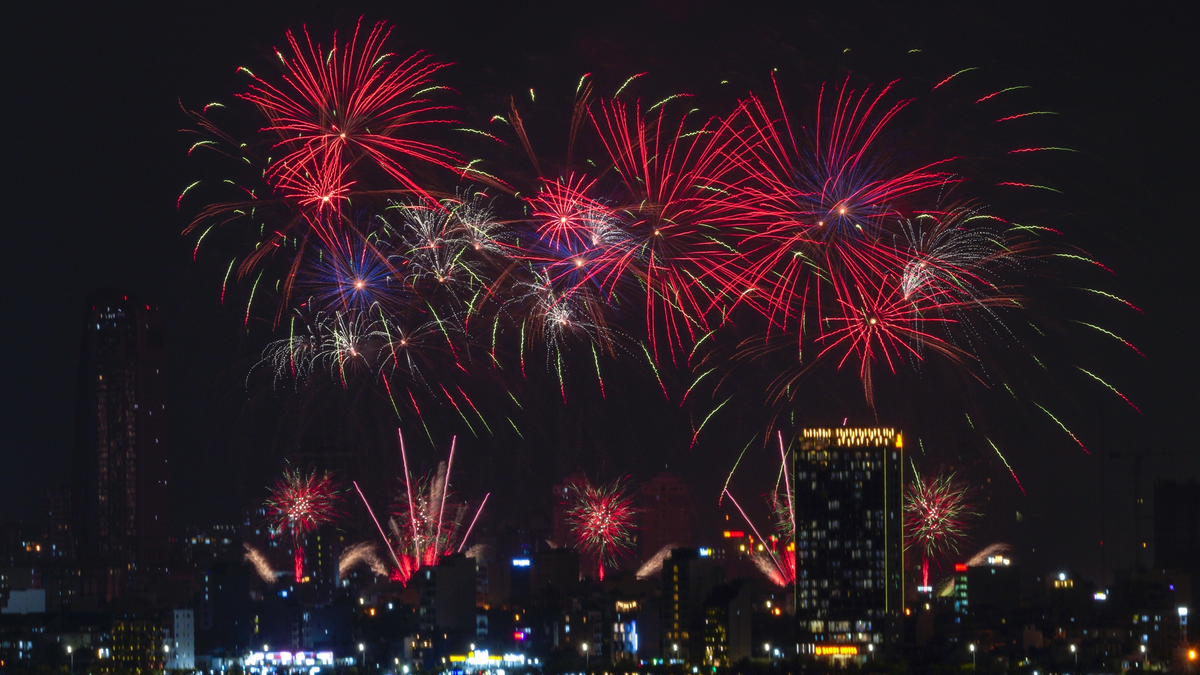




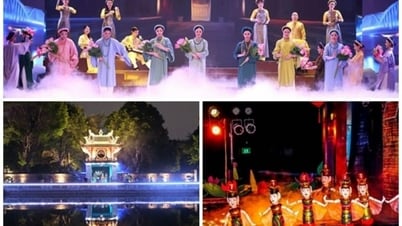

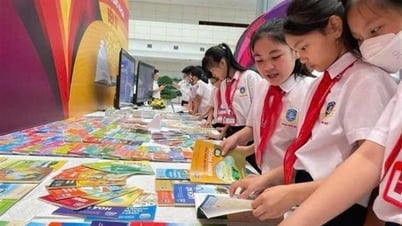
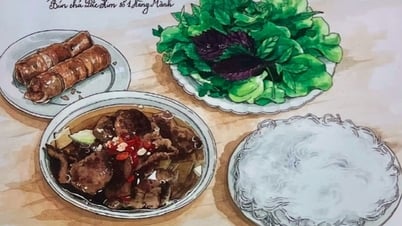
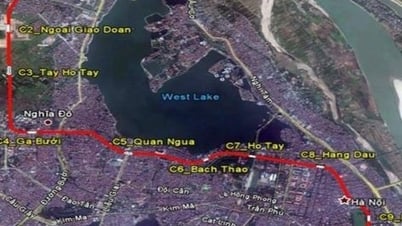
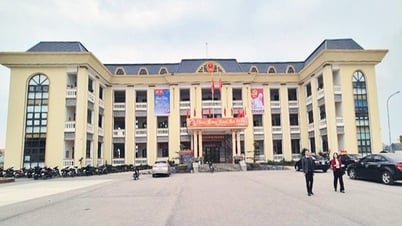

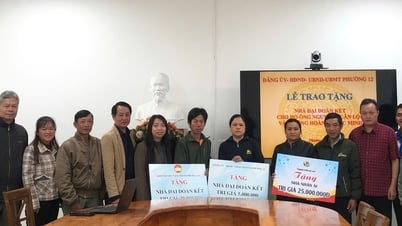
























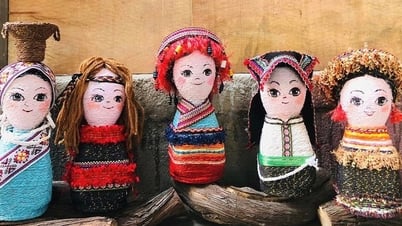
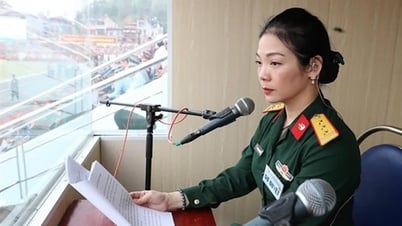







![[Maritime News] Wan Hai Lines invests $150 million to buy 48,000 containers](https://vphoto.vietnam.vn/thumb/402x226/vietnam/resource/IMAGE/2025/6/20/c945a62aff624b4bb5c25e67e9bcc1cb)









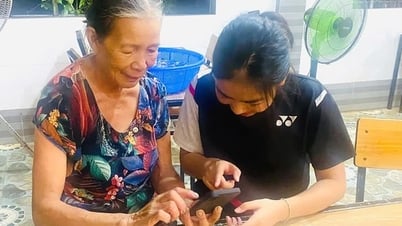




![[Infographic] Party Committee of the Ministry of Culture, Sports and Tourism: Marks of the 2020 - 2025 term](https://vphoto.vietnam.vn/thumb/402x226/vietnam/resource/IMAGE/2025/6/22/058c9f95a9a54fcab13153cddc34435e)



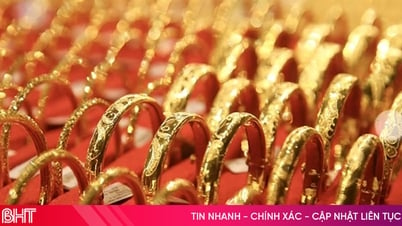




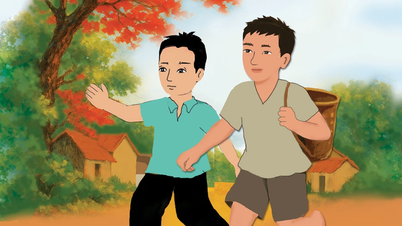

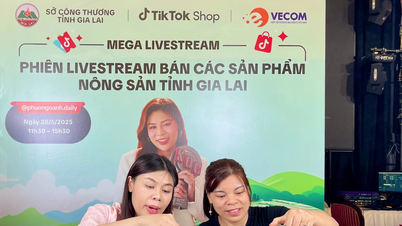
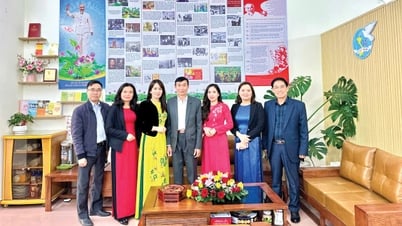










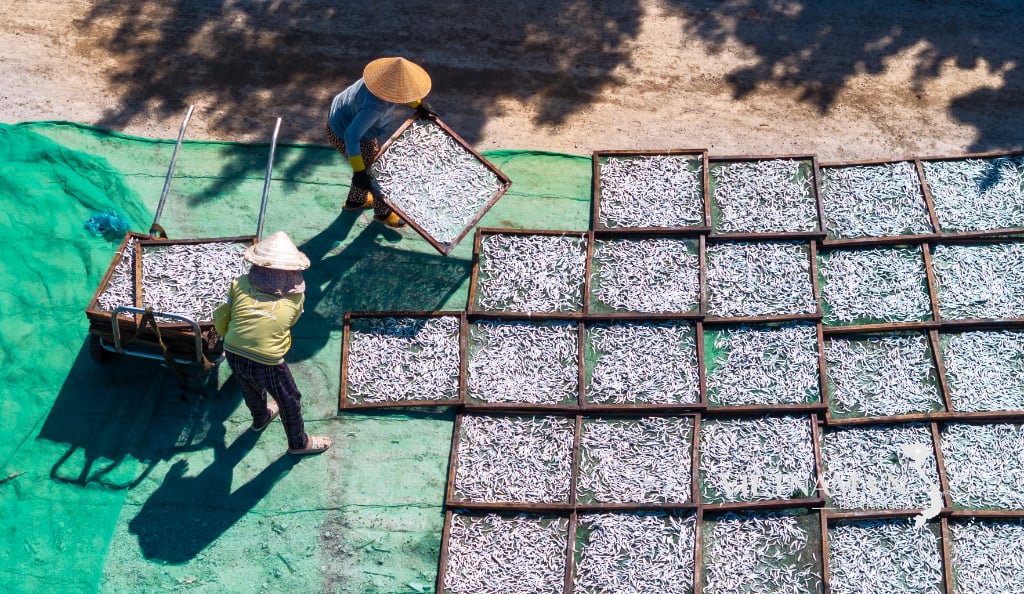


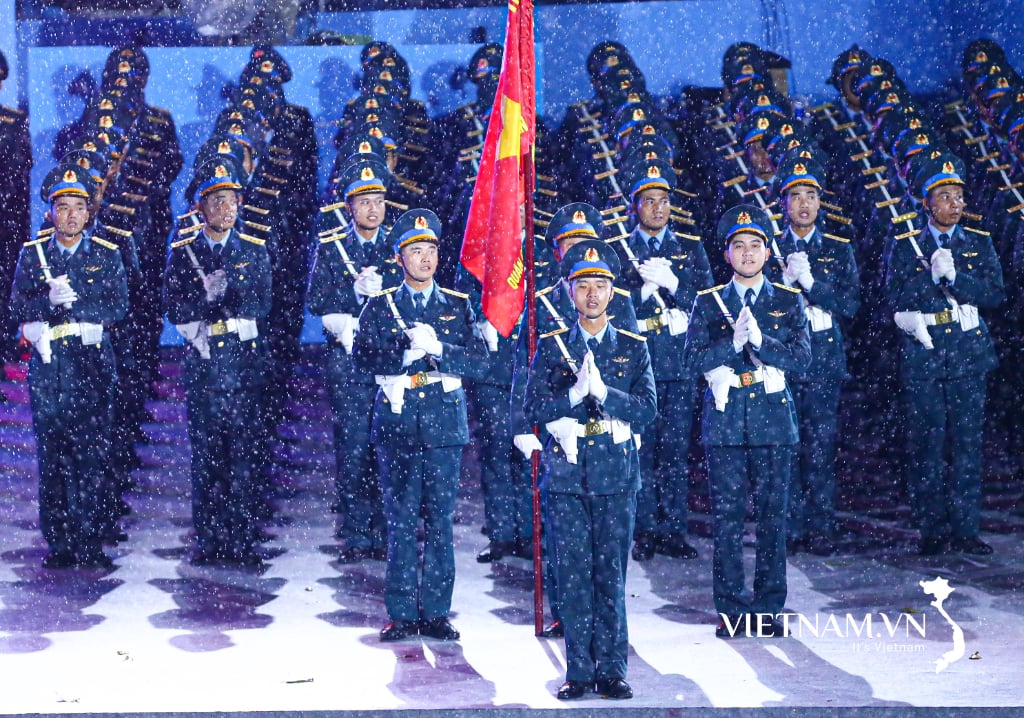
Comment (0)